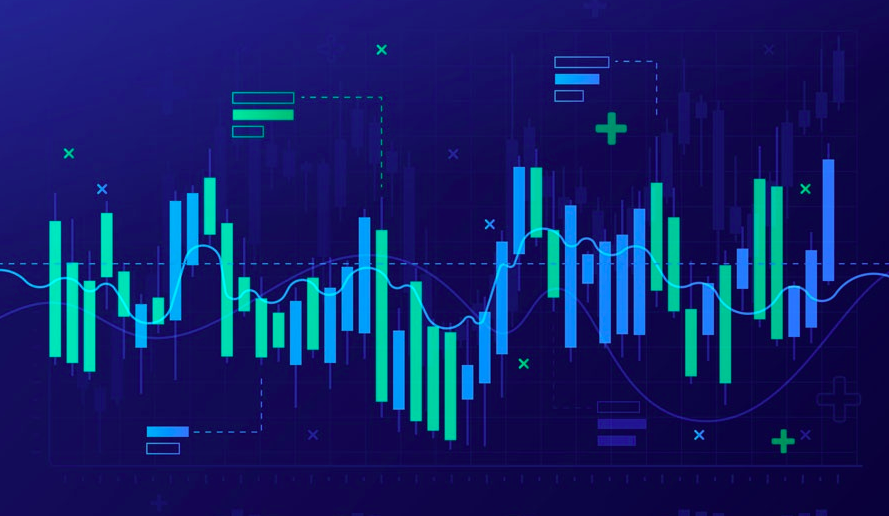The jarring start to August for stocks has presented an ideal test for increasingly popular
factor-based investing strategies that are designed to
help advisers customize client portfolios.
A random sampling of exchange traded funds that target nine poplar market factors showed that
low-volatility funds delivered as promised when the stock market was falling hard over the past week.
One Monday, for example, when the S&P 500 Index fell by 3%, the Invesco S&P 500 Low Volatility ETF (SPLV) was down just 2.2%. And over the five trading days through Monday, when the S&P lost 5.9%, SPLV was down 3.1%.
Some of the other factor strategies that delivered over the past week by not falling in stride with the broad equity market included Vanguard High Dividend Yield (VYM), which lost 2.5% on Monday and 5.3% over the past week, and Invesco S&P 500 High Dividend Low Volatility (SPHD), which lost 2.7% Monday and 4.2% last week.
| Fund name | Ticker | Style | YTD (%) | 1 week (%) | Monday (%) |
| Invesco S&P 500 Low Volatility | SPLV | Low Vol | 18 | -3.1 | -2.2 |
| Vanguard High Dividend Yield | VYM | High Dividend | 10 | -5.3 | -2.5 |
| Invesco S&P 500 Hi Div Low Vol | SPHD | High Div/Low Vol | 8.6 | -4.2 | -2.7 |
| Reverse Cap Weighted US Large Cap | RVRS | Size | 13.6 | -6 | -2.7 |
| Vanguard Value | VTV | Value | 10.7 | -5.4 | -2.7 |
| Invesco S&P 500 Equal Weight | RSP | Equal Weight | 14.2 | -5.7 | -2.8 |
| SPDR S&P 500 | SPY | S&P 500 | 14.6 | -5.9 | -3 |
| iShares Edge MSCI USA Momentum | MTUM | Momentum | 16.3 | -5.9 | -3.1 |
| Ishares Edge MSCI USA Quality | QUAL | Quality | 15.9 | -5.4 | -3.2 |
| Vanguard Growth | VUG | Growth | 19 | -6.3 | -3.4 |
Source: CFRA
"Every market is different, but in this environment we've seen favorable upside as well as downside protection with these more defensive equity strategies," said Todd Rosenbluth, head of ETF and mutual fund research at
CRFA Research. "For investors who are more defensive and concerned about more downside to be had, these defensive strategies are working."
(More: Markets plunge as trade war escalates)
For some perspective on how factor strategies are designed for specific market cycles and investment objectives, consider the way ETFs like iShares Edge MSCI USA Quality (QUAL) or Vanguard Growth (VUG) performed over the past week.
QUAL lost 3.2% on Monday and 5.4% over the past week, while VUG lost 3.4% on Monday and 6.3% over the past week.
Meanwhile, VUG, targeting more aggressive market performance, has gained 19% since the start of the year, which compares to 14.6% for the S&P 500. For its part, QUAL is up 15.9% from the start of the year.
Factor-based investing, which has
been around in various forms for years, but only started to
gain popularity in the ETF space over the past few years, looks at a number of characteristics that are associated with either higher returns or lower risk, such as momentum, value or company size.
Morningstar tracks nearly 1,500 factor-based ETFs with nearly $800 billion in total assets, which is up from $700 billion a year ago, and $600 billion two years ago.
"I think the (financial advice) industry is still looking to see which factors are durable over time, and which are better for short-term investing," said Eric Walters, president of
Silvercrest Wealth Planning.
"Low volatility is one that I'm paying closer attention to because I want to see if there's something there or is it just other factors like quality or dividend income driving performance," he said. "It is interesting because it seems the low vol funds have worked on the downside but haven't worked as much on the upside."
Actually, what is most interesting about some of the low-vol strategies is that even though they are not all designed the same, the range-bound nature of the equity markets this year has favored the strategy, in general.
SPLV, which held up so well during the recent market pullback, is up 18% from the start of the year through Monday.
It is a similar story for Vanguard US Minimum Volatility (VFMV), which lost 2.1% on Monday, 2.9% over the past five days, and is up 17.8% from the start of the year.
(More: Advisers say go for the gold as the perfect hedge for trade-war fears)
Beating the market on the upside is not usually expected and is never promised when it comes to low-volatility strategies.
Speaking specifically about SPLV, Nick Kalivas senior equity ETF strategist at
Invesco, said these investments tend to capture 50% of the decline on average.
"On average you will see about 75% of the upside in a strong market," he said.
The past year and a half has been uniquely kind to certain low-vol strategies, Mr. Kalivas said.
"It's done very well this year in what has been a bull market," he said. "I think what you need to do is think of that 75% upside on average and put it into context of what we've seen over the last 18 months, when the market has been in a range-bound trade and very choppy."
Matt Jiannino, head of quantitative equity product management at
The Vanguard Group, said the stock market turmoil of the past several days stands out as an endorsement of some factor-based strategies, but not necessarily as a trading strategy.
"If you're worried about spiking volatility you want to be in them all the time, because that's what they're built for," he said. "You won't always participate as much on the upside, but hopefully they will smooth out the downside."







